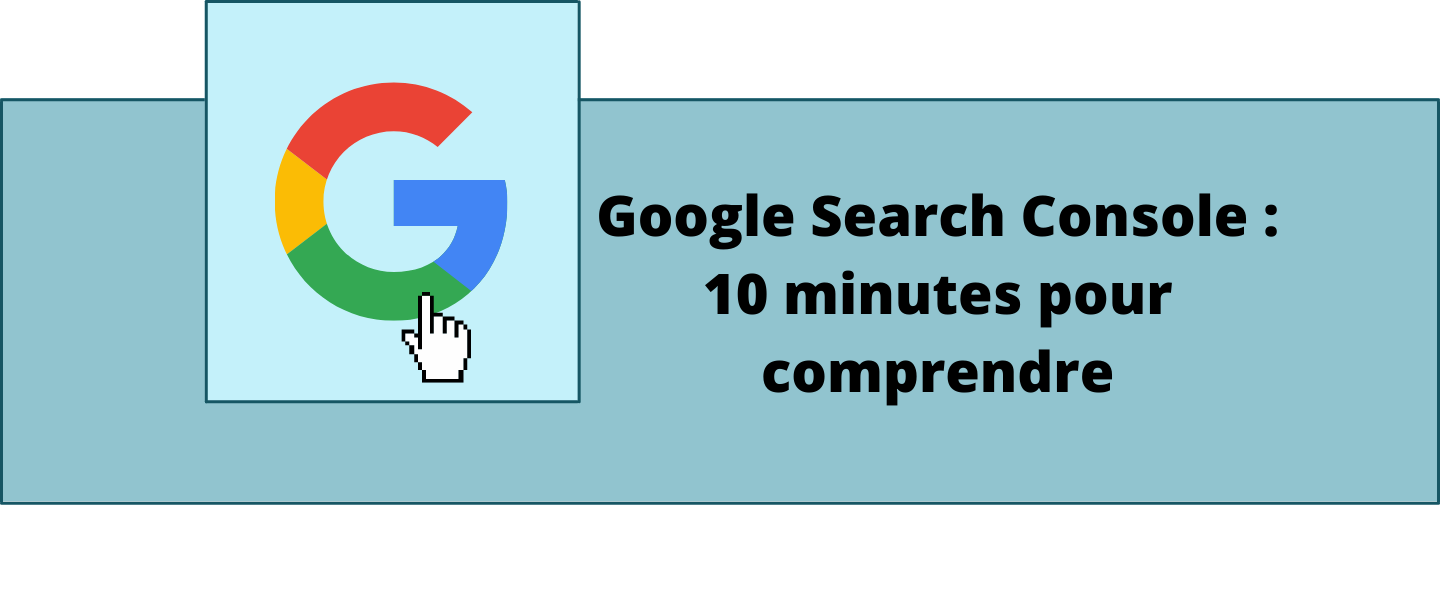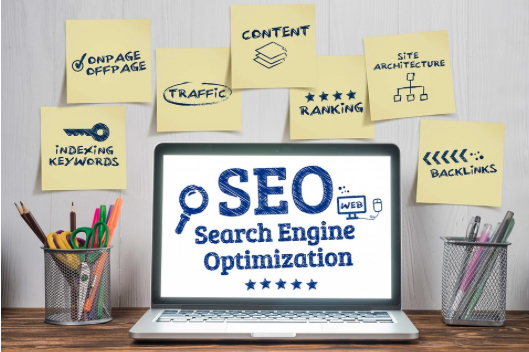
Search engine optimization (SEO) is a great option for small businesses. Organic traffic is the most popular referral source. Direct traffic comes from people bookmarking your URL or typing it into their browser. Your website will still be found by search engines even if they cannot find it on Google's first page. SEO is a way to get your website found in search results. This leads to more organic traffic which can lead you to more sales. These are some ways to make your site more visible in search results.
SEO's lifeblood is linked content
The best way to get links to your website is to create top content. Podcasts, infographics, blogs, and posts can all help you to get more links. You can get links from other websites that favor your content. More links means that your website is more valuable and high quality. It's easy to get relevant links through press releases, business directories and guest postings on third-party blogs.
Blog posts can keep your website's content fresh and current.
A blog helps small businesses remain top-of-mind. It helps build credibility and trust within the industry which can lead to higher conversion rates. It allows a business to show its personal side, while still adhering to the corporate vision and standards. Small businesses can stand out among the crowd and grow their product demand by creating blogs. You should start blogging today.

Technical audits are an important part of an SEO strategy
A technical audit is an essential part of any SEO strategy. A technical audit can reveal many problems with a website. In one case, a company broke down its content in seven domains that each had their own SEO power. The company decided to redesign its website without creating a migration plan. This resulted in thousands of pages being lost and hundreds of thousand of inbound links. The result? The website is no longer able to rank highly on Google and other search engines.
How to create a website structure that is logical
The best SEO strategy for small businesses is to create a logical structure for their website. It is important to have a home, services, and pages for each service. Most websites follow a pyramid-like structure, with the homepage at the top. Google will index your site if it has a clear structure. This makes it easier for Google to find you and helps prevent duplicate pages from being indexed for the same keywords. The most important pages should be indexed first to ensure they show up high in search results.
Organic traffic comes from long-tail keywords
While you might think it's hard to compete with giants like Amazon or Google, your small business can benefit from using long-tail keywords. Search phrases with more than four words are called long-tail keywords. These are more specific search phrases and have a higher conversion rate. Long-tail keywords can be found in many places including Google Analytics, social media reporting, YouTube video statistics and Google My Business listing insight.

FAQ
How often should I update the website?
There are many ways to update your website. A Content Management System (CMS) is one way to update your website. This allows you to easily modify all content on your site without needing to touch any code.
Another way is to use a plugin that automatically updates your website. These plugins may be purchased at WordPress stores or downloaded by you.
There are also several free plugins available, including WPtouch and Yoast. The best thing to do is to test different methods and see which works best for you.
Where should my website be?
Your website should appear near the top of all search results. It must appear at the top or near every search result. Some searches can have hundreds of pages. How does your website stack up against these other websites?
What Content Strategy can I use to improve my ranking?
A content strategy involves planning how much content you want to produce over time. It also includes keywords, topics, and other information about the company. This plan will help you avoid producing too much or too little content.
How do you start SEO on your website?
The first step towards getting a Google ranking is understanding what they are looking for when someone searches for your company name or products on search engines like google. This guide will help you learn how to write content that gets ranked high by Google. Check out our other guides to content marketing.
To start, you'll want to create a plan and think about what kind of keywords you want to target. There are two types keywords: broad keywords, such as "digital marketing", and more specific keywords, like "seo".
The next step is to determine your goals, which could be increasing brand awareness, driving leads or sales.
Once you've defined your objectives, you're ready to start writing content! Here are some SEO tips.
Once your content has been created, it's now time to publish it on your blog or site. If you already own a website this may mean updating your pages. If not, you need to hire web designers who can help you build one.
Link to your content from blogs and websites after publishing it. This will make your content more visible and increase its exposure.
How often is SEO needed?
It doesn't matter how well you keep your links maintained. You don’t have to do regular SEO campaigns. You could lose business if your links aren't maintained and you rely only on organic traffic.
Generally speaking, monthly SEO updates are recommended for small businesses. If you are a larger company, it may be necessary to update your SEO every quarter.
What is a PPC ad?
Pay-per-click ads are text-based advertisements that appear at the top or bottom of a page.
These advertisements are very targeted. Advertisers only get paid if someone clicks on them.
PPC advertising is very similar in concept to Pay Per Call advertising. We'll talk more about this later.
Statistics
- If two people in 10 clicks go to your site as a result, that is a 20% CTR. (semrush.com)
- : You might have read about the time that I used The Content Relaunch to boost my organic traffic by 260.7%: (backlinko.com)
- These guides are designed and coded 100% from scratch using WordPress. (backlinko.com)
- Sean isn't alone… Blogger James Pearson recently axed hundreds of blog posts from his site… and his organic traffic increased by 30%: (backlinko.com)
- And 90%+ of these backlinks cite a specific stat from my post: (backlinko.com)
External Links
How To
How can I determine if my SEO is doing well?
There are several ways that you can determine if your SEO is doing a great job.
-
Your bounce rate should not exceed 30%. Users will leave your website without clicking on any other links. A high bounce rate means your audience doesn’t trust you or isn’t interested in what your company sells.
-
People visit multiple pages on your site - this shows that visitors are engaging with your site and finding something useful.
-
Your conversion rate keeps improving. This is because your audience is becoming more aware of your products or services and wants them to buy them.
-
Your site's average time is increasing. This means that people spend more time looking at your content.
-
Increased traffic from search engines is a sure sign you're doing excellent SEO.
-
You're getting more shares on social media - this shows that your content is being shared by others and reaching audiences outside your follower base.
-
You are getting more comments in forums - this means that people respond positively about your work.
-
There's more engagement around your website - more likes, tweets, shares, and likes on posts.
-
Your rank is increasing in SERPs, showing that your hard work is paying off.
-
You're receiving more leads from your website - this shows that people have found your website organically and are now contacting you.
-
Your sales are growing - this shows that people who came to your website searching for your products and services are buying them.
-
A blog post that gets more views/comments shows that people find it interesting and useful.
-
This will increase your subscribers to your email lists. It shows that people trust you enough for them to sign up to receive information about your business.
-
Sales are rising - this shows that people like you and your products so much that they are willing to pay for them.
-
You've got more followers on social networks, showing that your fans share your content and engage with your brand.
-
This indicates that journalists are discussing your brand online and you're receiving more PR mentions. This raises awareness of your company and helps to improve your reputation.
-
This means that your brand is being recommended more often.
-
Your customers will keep coming back to your site, which shows that they are satisfied with your work.
-
Your competitors are losing ground - this shows that they didn't invest as much money in their SEO campaigns as you, making them look bad.
-
The image of your brand is changing. This means that your brand is becoming more popular with a new audience.